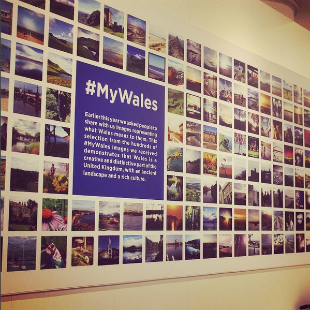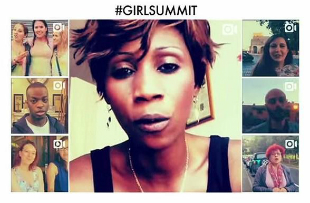Sometimes it seems there’s a plethora of digital platforms. There are so many digital tools out there that it’s hard to see the wood for the trees. Which of them is best to use? And which ones add to the work that we do in government?
A view on Instagram
I’ve now been converted to Instagram, after a presentation at DFID from John Tass-Parker, one of the founders of Instagram. This pioneering photo sharing app enables you to share and source photos on the go. The aim is to enable people to “capture and share moments” on smartphones. It’s great for personal use but there is also a great opportunity for us to use it as government communicators at our most democratic.
Looking at the basics first there are over 200 million people using the app worldwide every week. And it’s particularly popular in the UK because of the rapid rise of the smart phone in this country. Most users are young with the hard-core users (47%) in the 12 to 34 year bracket. But it’s not just about celebrity selfies and pictures of what’s on your plate at Yo-Sushi. We were given an insight into its pioneering use for 2 recent government campaigns to raise issues and to give people the chance to give their own views – literally.
My Wales

At the recent NATO summit, which took place in Wales, people were asked to use Instagram to send in their images of 'the best of Wales' (using the hashtag #MyWales) to be part of a huge backdrop in the entrance lobby. A 17-year old instagrammer was also invited to become part of the official press pack and cover the summit. His original pictures – not just usual ministerial headshots – were used by organisers as part of the digital materials for the day. Other instagrammers were invited to add to these to highlight not only the summit, but Wales as a fabulous place to host such an event and pictures of Barak Obama visiting a local school. This was one of the first government events that reached a young audience in real time in this way.
Girl Summit

DFID also scored an instagram 'first' with the campaign it ran around the Girl Summit in London. Instagrammers were invited to upload short videos describing what freedom meant to them (using the hashtag #freedomis) and the DFID team created a short video using the best clips. There were so many clips it was difficult to choose.
Both of these events showed there was a real appetite for making a stand and giving views on government policy in a new and creative way. This is not necessarily an audience that would be reached by on-line consultations but they were expressing their views through this new democratic medium.
Based on the presentation, I came away with a real sense of other possibilities that Instagram could be used for by government communicators. Unlike other digital channels it’s positive - no trolling - and could be used by us for so much more than flicking through colourful, beautifully crafted content. It’s a way of involving people and getting their real views of their world. Definitely a case of a picture (or in this case a photo) painting a thousand words.
I’ve now signed up for an account, to participate and find out how the channel really works, and look forward to seeing views on issues from all over the world.
Stay up-to-date by signing up for email alerts from this blog.
1 comment
Comment by Alexandra Nelson posted on
A very interesting article. I'll be following you on instagram!